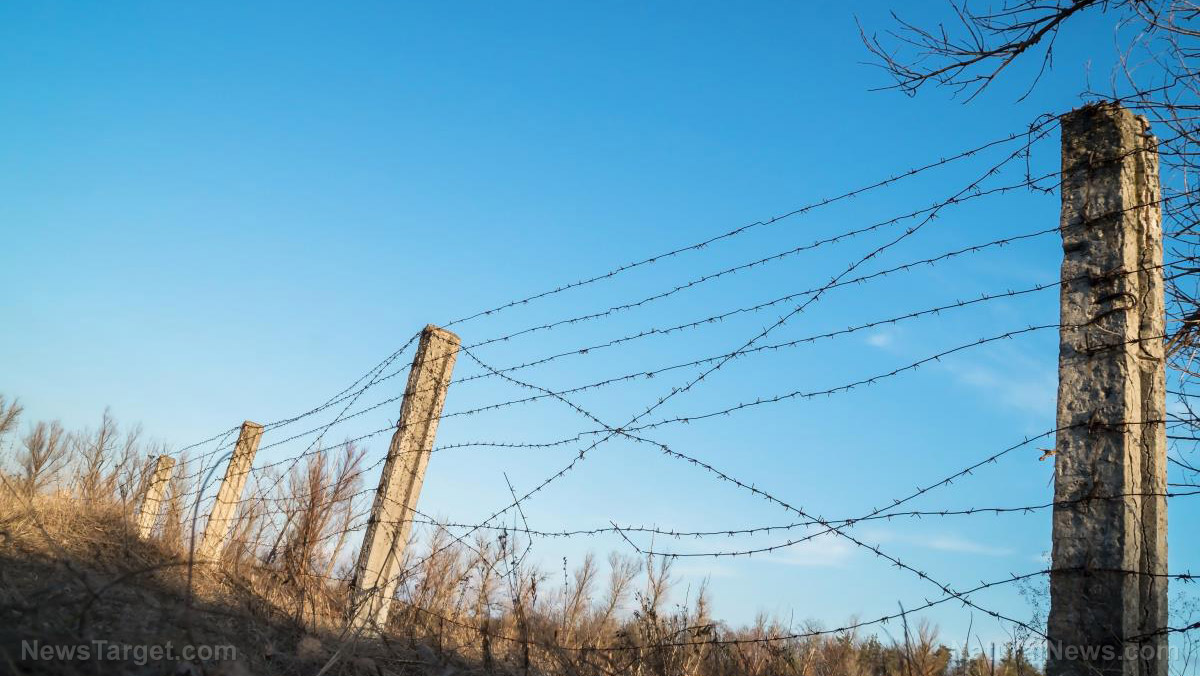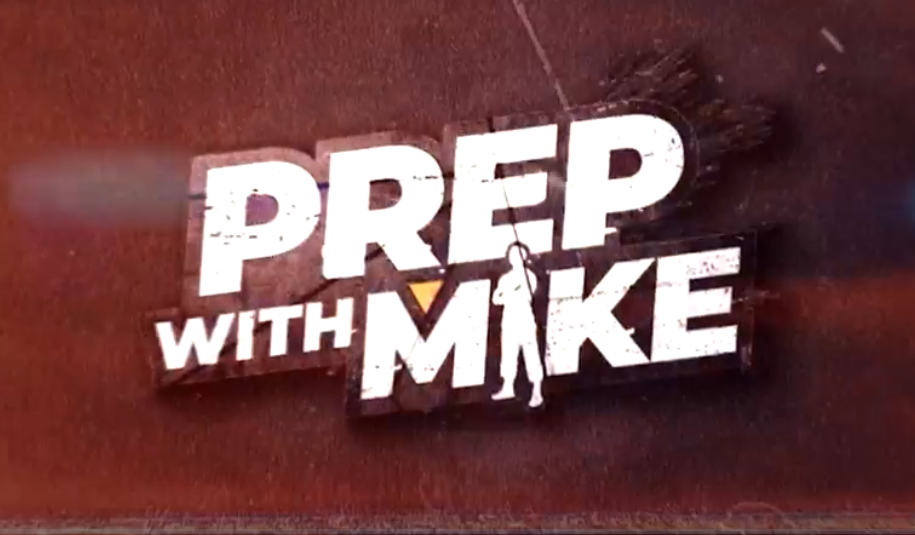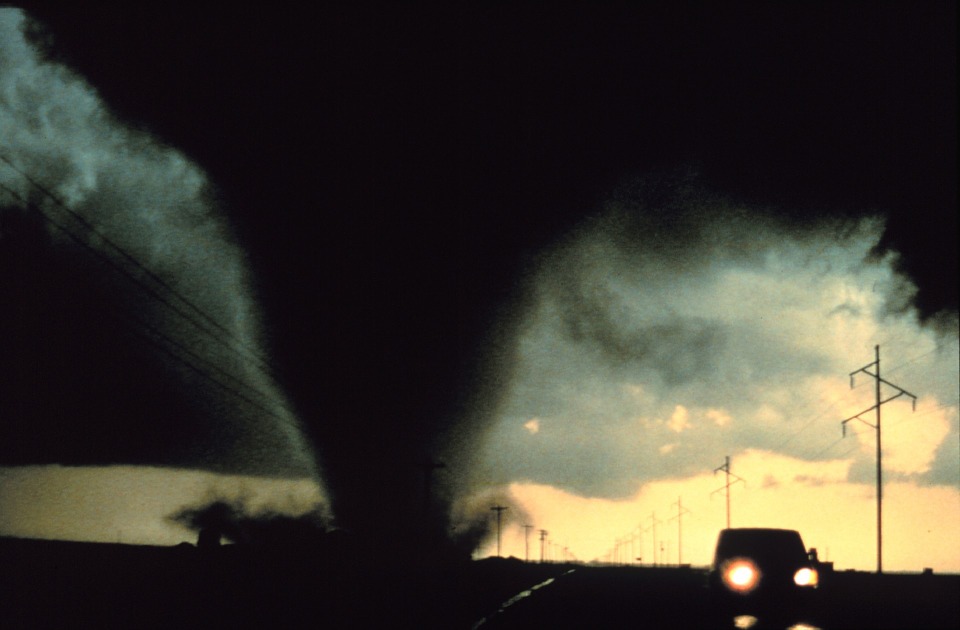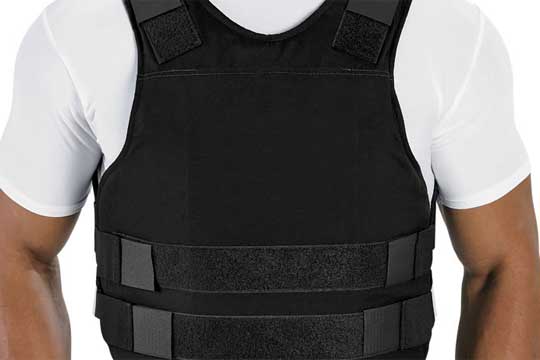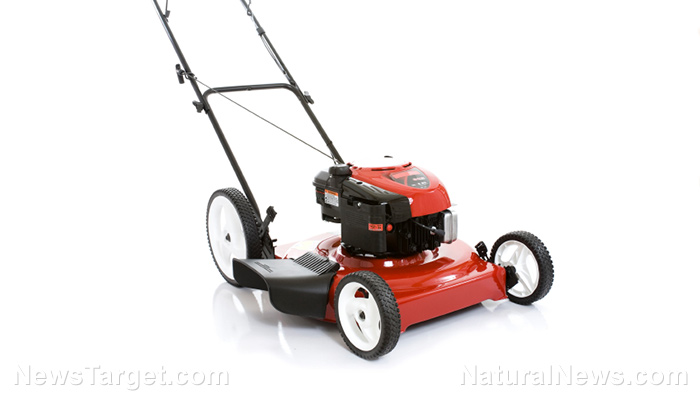
You never know when you or your family might find yourselves in a survival situation. Perhaps one day, God forbid, a foreign nation attacks the United States and knocks the electrical grid offline, forcing Americans to fend for themselves. Or maybe, in a situation that is a bit more likely to happen, you may one day be driving down an old dirt road and have your vehicle breakdown in the middle of nowhere. What will you do? How will you survive? Below is a list of ten essential items that everyone should keep inside of their vehicles in case of an emergency. (h/t to PlanAndPrepared.com.)
Hand crank flashlight with a radio and a USB port
In a survival situation, batteries may not always be accessible. In order to ensure that you’ll always be able to make your way around in the dark, it is essential that you carry with you a flashlight that can be manually activated via a crank. If the device has a USB port, the power generated from cranking can also be used to charge cell phones. Additionally, if it is equipped with a radio, turning the crank will allow you to listen for things like emergency information and weather forecasts.
First aid kit
The last thing you want to have happen is to find yourself in a survival situation while you or someone you care about is injured. Not only would an untreated wound cause a lot of pain, but there is also the chance that it could become infected if the proper steps aren’t taken. Be sure to carry a first aid kit with you in your car, RV or camper, and keep it filled with Band-Aids, gauze, hydrogen peroxide, tweezers, and anything else that could be useful.
Water Purifier
In a survival situation, clean water isn’t always going to be available. There may be times when the only drinking water you can access is from a questionable source, which may contain harmful bacteria. To get around this problem, it is recommended that you keep a water purifier with you. Water purifiers are widely available to the public for purchase and come in several different forms, including bottles and straws with built-in filtration systems, and even tablets that purify the water as they dissolve. (Related: Water purification breakthrough revealed: AquaTru countertop water purifier removes 128 toxic chemicals, fluoride, heavy metals and more.)
Dehydrated Food
Having access to purified water isn’t enough. If you want to have a chance to make it through a survival situation, obviously you’re going to have to eat. Should the power go out and traditional cooking methods are unavailable, Meals Ready to Eat, or MREs, are not only readily available for consumption, but they are also lightweight and easy to store. Some MRE’s even have a 25-year shelf life.
Moisture proof matches, lighter, or emergency candles
Candles and tools to start a fire are a no-brainer. Once a fire is started, it can be used to boil water and cook food, and perhaps equally as important, to keep you warm. For those who are serious about prepping, it may be wise to purchase a magnesium fire-based steel, which has the ability to produce a spark at 3000 degrees Fahrenheit.
Maps or a compass
In the event that there is no GPS signal, it is a good idea to have with you a map or a compass so that you know where you are at all times. This will come in especially handy if you need to get to your destination quickly by using the fastest route available.
Information about everyone you are traveling with
A photo of friends and family is important to carry with you so that you can show it to rescue teams in the event that someone gets lost in the wilderness. Emergency numbers and medical information are also important to have in the event that someone has to be taken to the hospital. Before a person is treated by a doctor, it would be helpful to know specific allergies and medications that they are on.
Space Blanket
Throughout the winter months and in higher elevations, evenings and nights will inevitably be cold. That is why it’s a good idea to purchase and store a space blanket, which takes up virtually no space and is capable of preserving body heat.
Loud Whistle or Air Horn
If you find yourself in a situation where you are separated from your group and need to signal them for help, a whistle or an air horn is just what you need. These tools can also be used in the wilderness to scare off wild animals.
Games
No one said that surviving would be fun. On the contrary, living each day without easy access to food and water would be a lot of hard work. In order to de-stress and occasionally escape from the hardships of day-to-day life, it is recommended that you take with you some games for entertainment. A deck of cards, for instance, is a great thing to keep in your vehicle because there are a wide variety of games you can use them for. Games are great for passing the time, and in a serious survival situation, time is certainly going to be in excess.
Get more tips and news on prepping at Survival.news.
Sources include:
Please contact us for more information.















